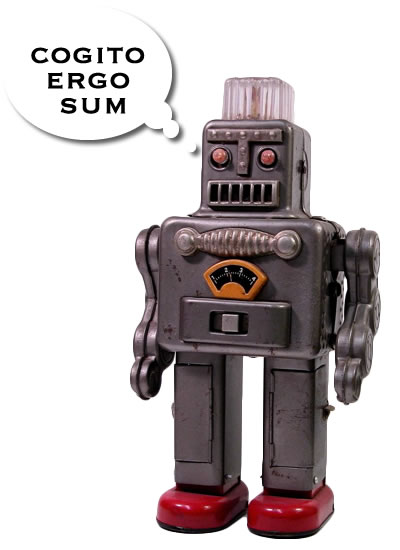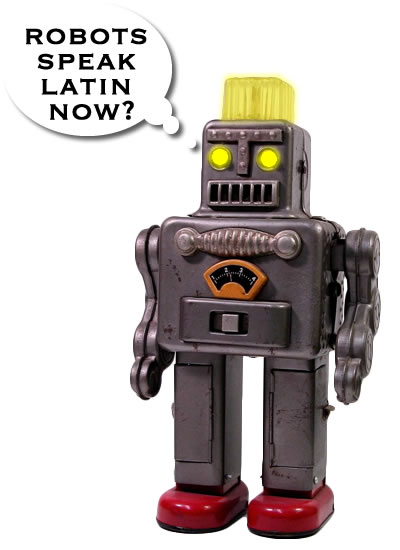The title’s misleading, but I’m trying to draw a parallel between what a science-fiction writer with an amazing imagination set out in 1942 when robotics was just a child and the stark reality of artificial intelligence and robotics is today. And what that means to us humans and our future.
Asimov’s ‘Three Laws of Robotics‘ (often shortened to The Three Laws or Three Laws, also known as Asimov’s Laws) are a set of rules devised by the science fiction author Isaac Asimov. The rules were introduced in his 1942 short story “Runaround”, although they had been foreshadowed in a few earlier stories. The Three Laws are:
- A robot may not injure a human being or, through inaction, allow a human being to come to harm.
- A robot must obey the orders given to it by human beings, except where such orders would conflict with the First Law.
- A robot must protect its own existence as long as such protection does not conflict with the First or Second Law.
A new report published by Pew Research suggests that ‘robotics and artificial intelligence will permeate wide segments of daily life by 2025 with huge implications for a range of industries such as health care, transport and logistics, customer service, and home maintenance’.
Experts, however, are unable to come to a consensus whether this will have a positive impact on the economic horizon. Based on the rules above (and let’s not forget, these are fictitious rules written by a novelist in 1948), harm could easily be defined as loss of jobs and income – history shows us that the Industrial Revolution displaced huge numbers of farm workers but also created many factory jobs, so there seems to be a balance there.
Nearly 2,00 experts were asked this question:
Will networked, automated, artificial intelligence (AI) applications and robotic devices have displaced more jobs than they have created by 2025?
The majority (by a minute margin) agreed that technology will not displace more jobs than it creates, although they agreed that many jobs would be taken by robots in favour of humans. They ‘had faith that human ingenuity will create new jobs, industries, and ways to make a living, just as it has been doing since the dawn of the Industrial Revolution’.
However, there were enough (48%) that thought that the writing was on the wall and ‘There is great pain down the road for everyone as new realities are addressed’.
Please check out the report – it’s a fascinating read.




 | © 2014 John Ryan Design | All Rights Reserved | 100 percent Australian |
| © 2014 John Ryan Design | All Rights Reserved | 100 percent Australian |